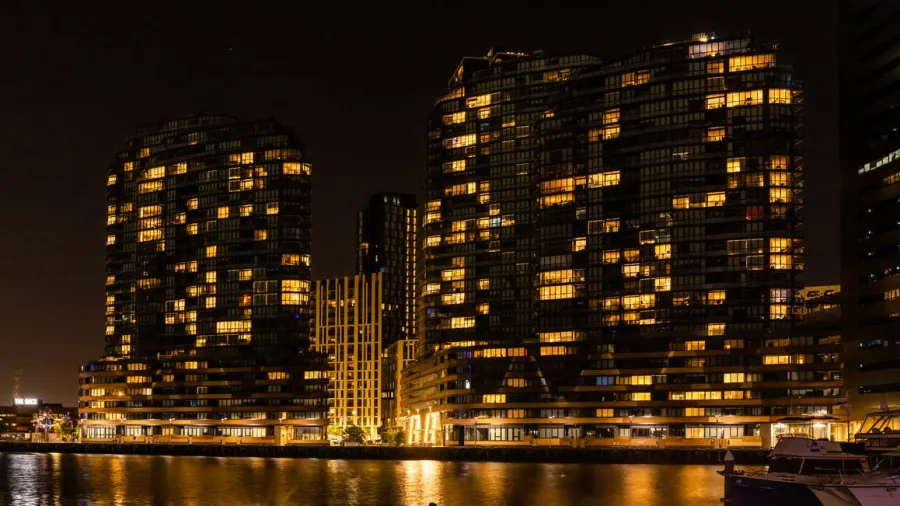
Melbourne to see 1,480 new residential units by Q4
Over 1,500 units were already completed so far this year.
According to a JLL report, a total of 1,551 units have reached completion over 2022, with an additional 1,480 expected to complete in 4Q22.
Completions in 2022 are expected to be marginally higher than 2023 (2,794) – marking the trough of the supply cycle. 2024-2026 is expected to grow slowly in terms of construction activity, yet remain lower than historical averages.
Here’s more from JLL:
Melbourne’s supply levels have remained stronger for longer than most markets, but this is now coming to an end as a challenging development environment means few large projects are commencing. BTR project activity has been strong in Melbourne, but increased debt/equity costs have curtailed activity and perhaps may result in some softening in site values.
New apartment demand remains tepid
Demand for owner occupier stock has been strong for some time, but has softened slightly in line with wider housing demand as interest rates rise. In contrast, investor demand remains weak but some developers have reported a rise in Sydney investors in search of higher yields.
Apartment sales volumes rose marginally (5.2%) over the quarter. This increase is from a lower base and is not reflective of growing market demand. Unlike most other capital cities, Melbourne did not see a significant increase in volumes over the past 12 months, and therefore declines in volumes were somewhat muted in comparison.
Rents increase as vacancy tightens
Vacancy rates in Melbourne continued to fall over the quarter, with the greater metropolitan area vacancy rate reaching just 1.4%. This is a 2.1%pt decline y-o-y. The CBD vacancy rates has also declined to 2.3% as the city continued its post-pandemic rebound (SQM Research).
Rental rates for the inner Melbourne 2 bedroom apartment market rose 6.3% over the quarter to AUD 505 per week. This figure is a 26.3% increase y-o-y, but much of this was simply a rebound to pre-COVID levels following steep falls early in the pandemic.
Outlook: Downturn for apartments to prove relatively moderate
Melbourne’s housing market will slow further as the impacts of higher interest rates weigh on demand. Nevertheless, for apartments, a combination of higher migration and affordability relative to houses should support demand levels. Demand is also expected to remain robust for boutique developments that attract the down-sizer market, which is less hindered by rising finance costs.
On the supply side, completions will be much lower over the next five years in a challenging development environment. Lower supply will mean little relief for the rental market and pressures are only likely to intensify. BTR stock will eventually provide some relief for Melbourne’s rental stock, but the bulk of the city’s relatively large pipeline is still several years from completion.
Note: Melbourne Residential refers to Inner Melbourne apartments. Inner Melbourne data: Supply from JLL, rents from Department of Human Services Victoria, and vacancy from REIV. Greater Melbourne data: Price, sales volume and yields from CoreLogic.



















 Advertise
Advertise




